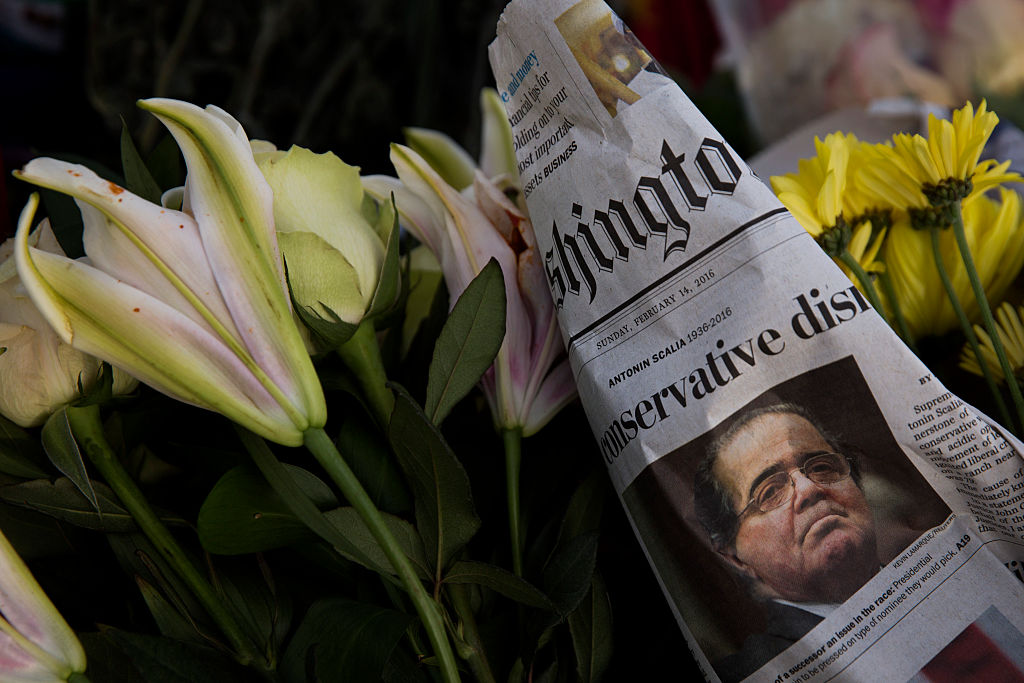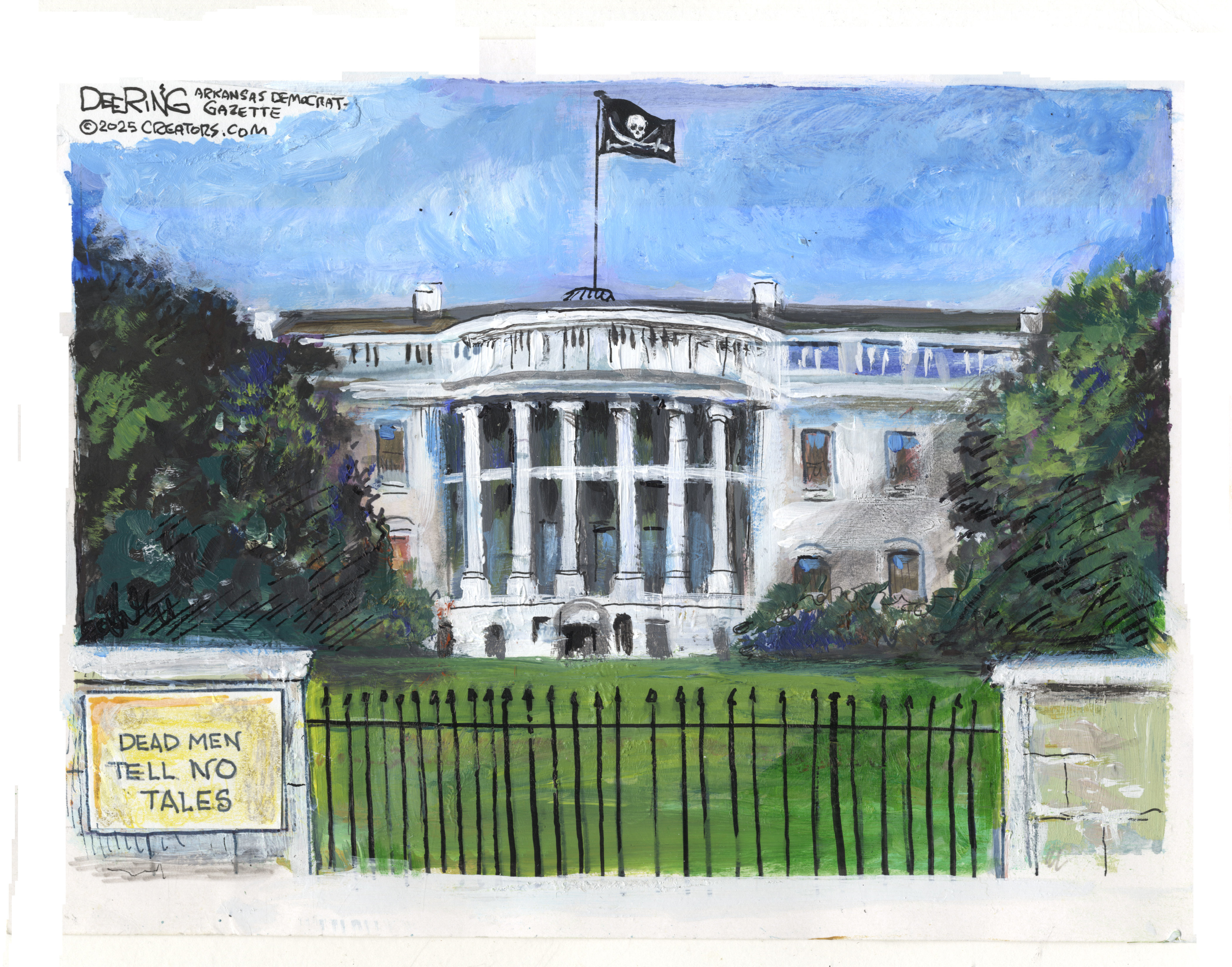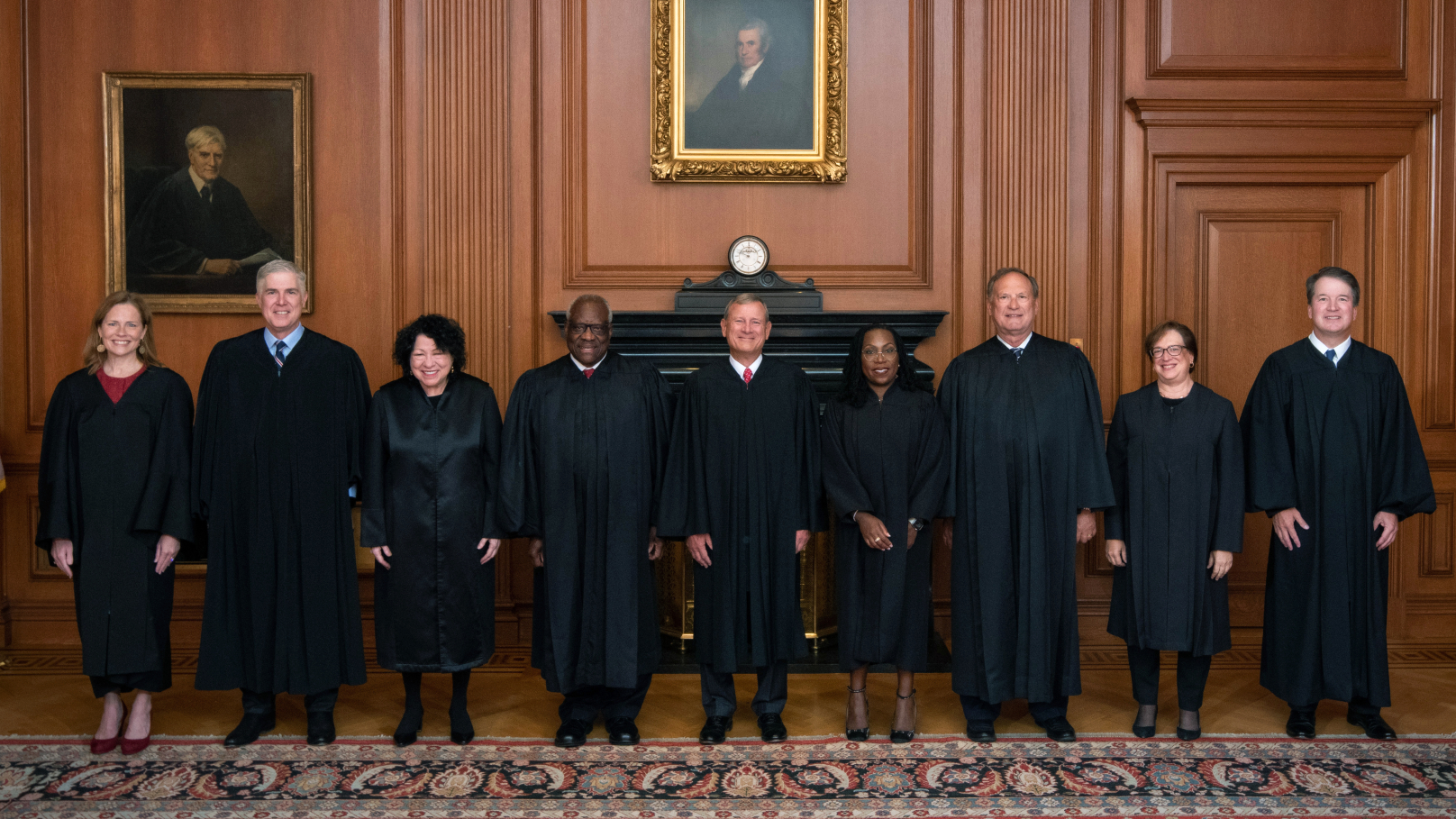Scalia's death will have an immediate effect on the Supreme Court's rulings


With the sudden, unexpected death of Justice Antonin Scalia, the Supreme Court is down to eight justices — and may stay that way for more than a year, if Republicans follow through on their threat to block any nominee put forward by President Obama. Scalia's passing will potentially change the ideological balance of power on the court for the first time in decades, but it will affect the court during this term, too.
Most consequentially, the Supreme Court has accepted and heard arguments on 24 cases this term that it hasn't yet formally decided, says Chris Geidner at BuzzFeed News, and "Scalia's votes in these 24 cases are now gone." Scalia's missing votes probably won't change the outcome in most of those cases, and the court has the option of ordering a rearguing of any of those cases for when it has a full bench. In close cases where it pushes on, though, Scalia's absence from a conservative 5-4 majority would leave the justices tied, 4-4. "A tie vote on the Supreme Court, effectively, allows the lower court ruling that was being appealed to stand," Geidner explains. "But this scenario creates no national ruling like one from the Supreme Court does."
That matters in at least four accepted, argued, undecided cases, Geidner says, including a public union case in California, two voting rights cases, and the University of Texas affirmative action case. And there are two accepted, unheard cases, dealing with abortion restrictions in Texas and Obama's executive orders on immigration. "Scalia’s absence could have a dramatic effect on both cases," Geidner says, though 4-4 ties in those cases would allow the conservative decisions of the 5th Circuit U.S. Court of Appeals to stand. You can read more about how Scalia's death affects the Supreme Court at BuzzFeed News.
The Week
Escape your echo chamber. Get the facts behind the news, plus analysis from multiple perspectives.

Sign up for The Week's Free Newsletters
From our morning news briefing to a weekly Good News Newsletter, get the best of The Week delivered directly to your inbox.
From our morning news briefing to a weekly Good News Newsletter, get the best of The Week delivered directly to your inbox.
A free daily email with the biggest news stories of the day – and the best features from TheWeek.com
Peter has worked as a news and culture writer and editor at The Week since the site's launch in 2008. He covers politics, world affairs, religion and cultural currents. His journalism career began as a copy editor at a financial newswire and has included editorial positions at The New York Times Magazine, Facts on File, and Oregon State University.
-
 Film reviews: ‘Marty Supreme’ and ‘Is This Thing On?’
Film reviews: ‘Marty Supreme’ and ‘Is This Thing On?’Feature A born grifter chases his table tennis dreams and a dad turns to stand-up to fight off heartbreak
-
 Political cartoons for December 14
Political cartoons for December 14Cartoons Sunday's political cartoons include a new White House flag, Venezuela negotiations, and more
-
 Heavenly spectacle in the wilds of Canada
Heavenly spectacle in the wilds of CanadaThe Week Recommends ‘Mind-bending’ outpost for spotting animals – and the northern lights
-
 ABC News to pay $15M in Trump defamation suit
ABC News to pay $15M in Trump defamation suitSpeed Read The lawsuit stemmed from George Stephanopoulos' on-air assertion that Trump was found liable for raping writer E. Jean Carroll
-
 Judge blocks Louisiana 10 Commandments law
Judge blocks Louisiana 10 Commandments lawSpeed Read U.S. District Judge John deGravelles ruled that a law ordering schools to display the Ten Commandments in classrooms was unconstitutional
-
 ATF finalizes rule to close 'gun show loophole'
ATF finalizes rule to close 'gun show loophole'Speed Read Biden moves to expand background checks for gun buyers
-
 Hong Kong passes tough new security law
Hong Kong passes tough new security lawSpeed Read It will allow the government to further suppress all forms of dissent
-
 France enshrines abortion rights in constitution
France enshrines abortion rights in constitutionspeed read It became the first country to make abortion a constitutional right
-
 Texas executes man despite contested evidence
Texas executes man despite contested evidenceSpeed Read Texas rejected calls for a rehearing of Ivan Cantu's case amid recanted testimony and allegations of suppressed exculpatory evidence
-
 Supreme Court wary of state social media regulations
Supreme Court wary of state social media regulationsSpeed Read A majority of justices appeared skeptical that Texas and Florida were lawfully protecting the free speech rights of users
-
 Greece legalizes same-sex marriage
Greece legalizes same-sex marriageSpeed Read Greece becomes the first Orthodox Christian country to enshrine marriage equality in law
